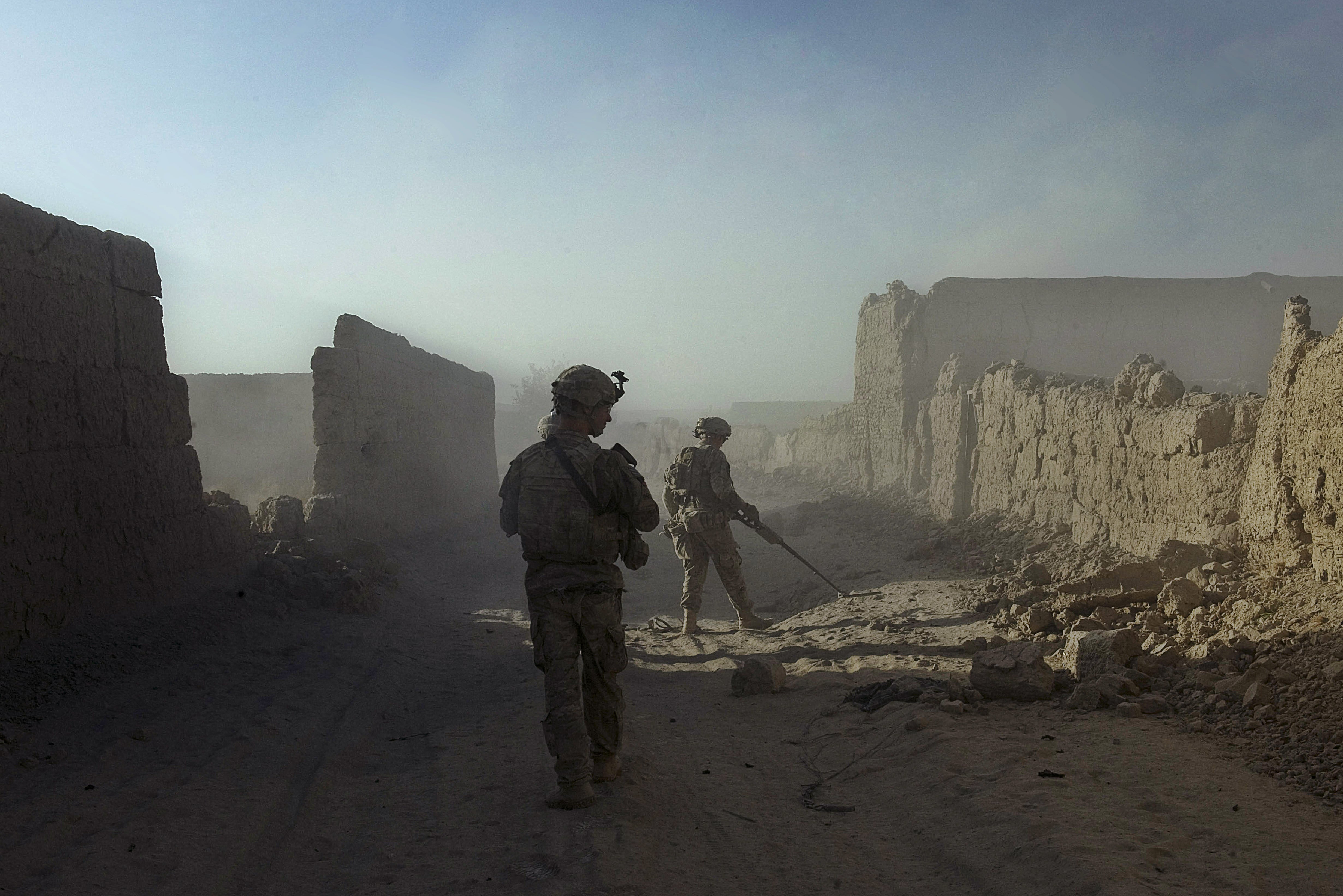There are several reasons to applaud President Trump after he rolled out his new Afghanistan policy on Aug. 21.
Trump’s recommitment to the Resolute Support mission reflects the advice of his generals, and listening to them is wise.
He also appears to have rejected the idea of outsourcing the air war against the Taliban and other militants there to private contractors — a bad idea that had nevertheless recently gained some traction at the White House.
And it’s good to see that Trump was not compelled to offer a timeline for future drawdowns or withdrawals, which was a perennial flaw in former President Obama’s handling of Afghanistan.
But Trump did not really offer much that was new in terms of strategy and tactics. He offered no details and no benchmarks for how he’ll determine whether his new strategy is working. He would not even say how many additional troops he might send to Afghanistan or what they might be tasked to do.
There was nothing new in Trump’s promise to seek the “integration of all instruments of American power ... toward a successful outcome.”
Former Presidents Bush and Obama said the same thing five and 10 years ago.
Putting pressure on Pakistan to stop supporting the Taliban? The U.S. military has been talking about that for more than 10 years. It’s proven to be very hard, and Trump offered no details on how his effort might be different this time.
Trump said “micromanagement from Washington, D.C., does not win battles.”
That’s good common sense.
But most military leaders don’t typically blame the lack of success in Afghanistan on micromanagement from Washington — they blame it on the intractable problems that exist on the ground.
It’s clear that the way ahead in Afghanistan has been a difficult decision for Trump. He’s spent months deliberating it.
We all know that the president was deeply skeptical of the war effort there.
In some ways, it was heartening to hear Trump’s candor when he said: “My original instinct was to pull out.”
While it is wise not to abruptly pull out of Afghanistan — risking chaos and a repeat of what happened in Iraq with the rise of ISIS — it’s still hard to see how Trump’s plan for ending America’s longest war is substantially different than the one Obama rolled out in 2009.





